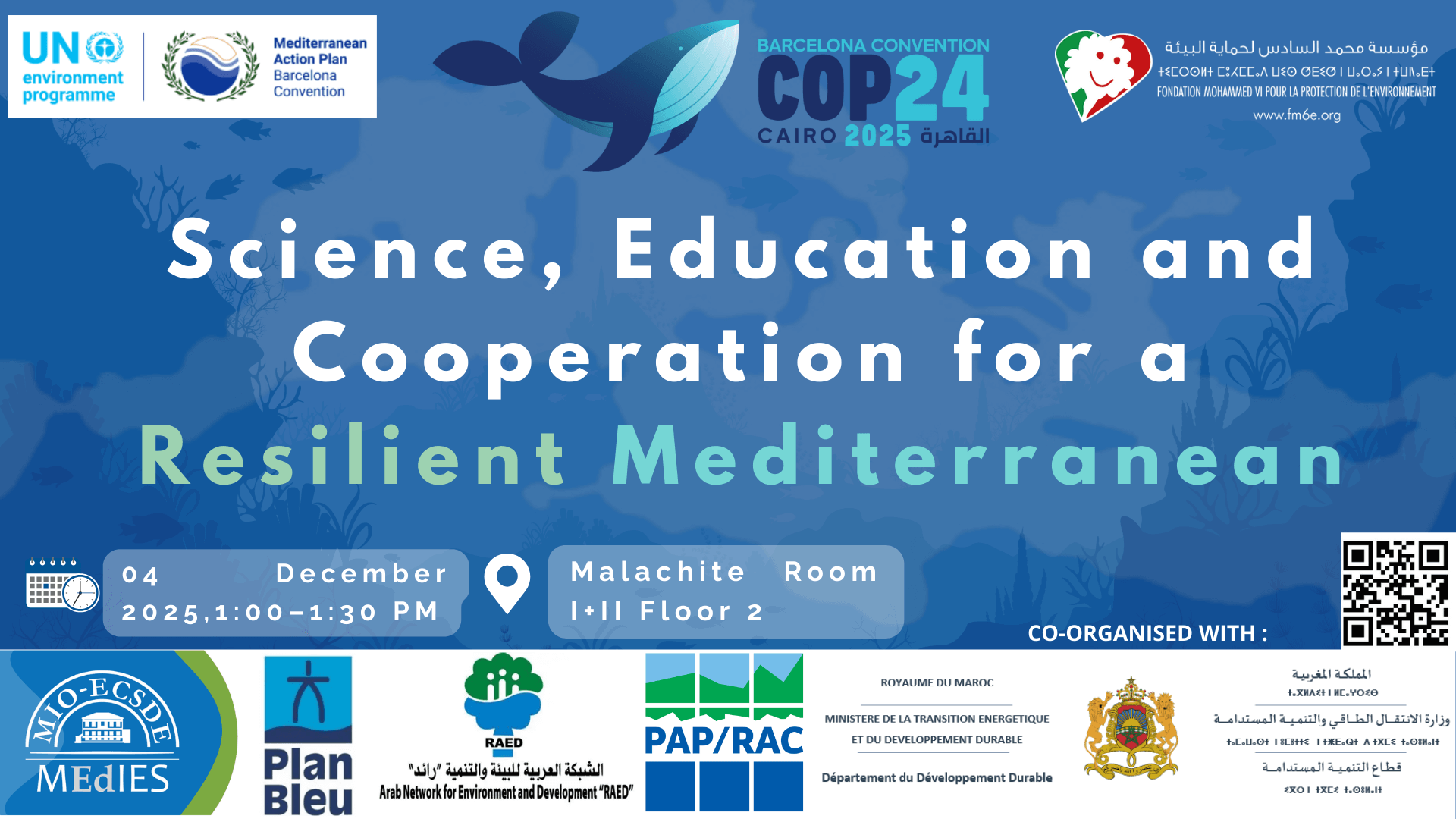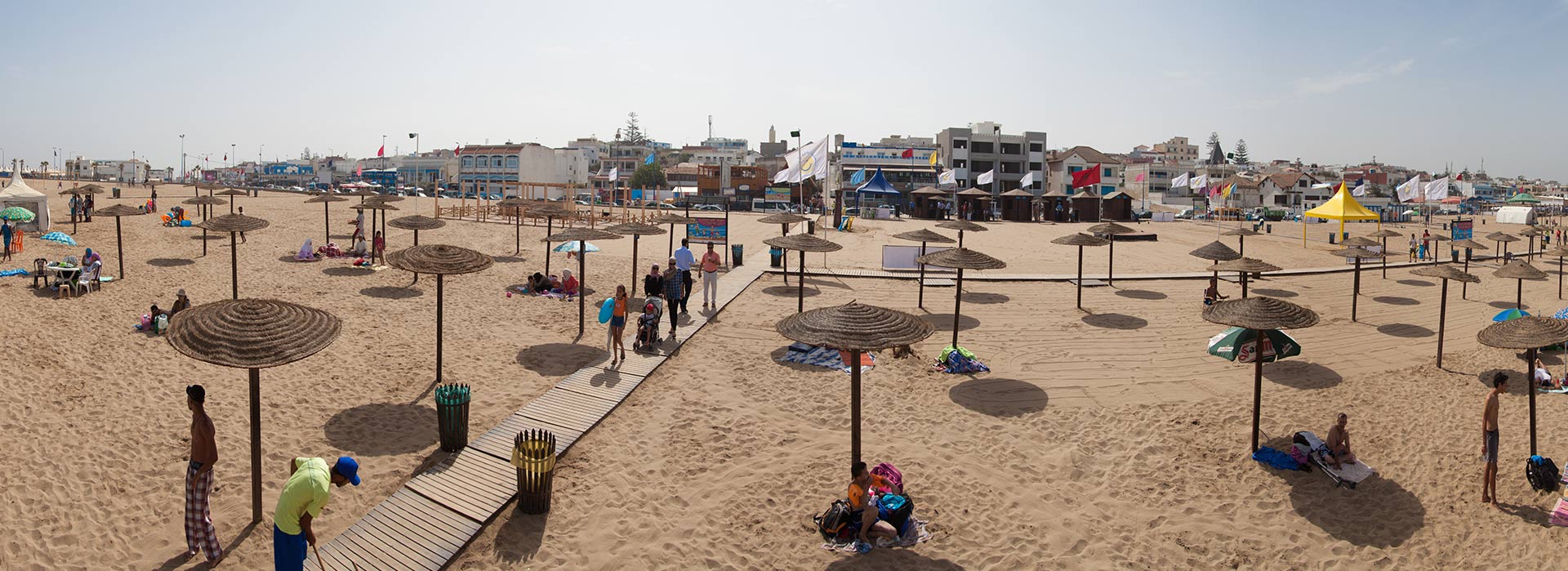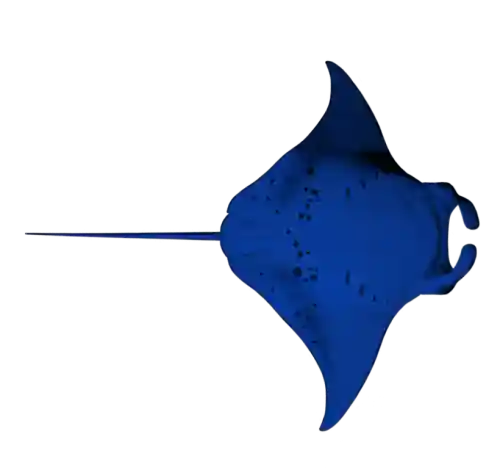
26 April 2016
April 26, 2016 : THE MOHAMMED VI FOUNDATION FOR ENVIRONMENTAL PROTECTION ORGANISES A TRAINING IN PARTNERSHIP WITH THE GENERAL DIRECTORATE OF LOCAL AUTHORITIES FOR THE LOCAL TECHNICAL MANAGERS RESPONISBLE FOR THE MANAGEMENT OF THE KINGDOM’S BEACHES

This beach management training cycle is based on technical tools developed by the Foundation and on the regulatory aspects of coastal management. The Foundation provides local authority agents with a project management manual to facilitate their work in the field. This manual is the result of a study conducted with the General Directorate of Local Authorities in 2014 on the sustainable management of beaches and coastline within the framework of the Clean Beaches program.
This capacity building should facilitate the work of all local stakeholders to enable them to more easily raise beach quality and enable local authorities to support their investments in their territory with the aim of generating economic and social benefits.
PRESS KIT
THE MOHAMMED VI FOUNDATION FOR ENVIRONMENTAL PROTECTION IS ORGANISING A TRAINING IN PARTNERSHIP WITH THE GENERAL DIRECTORATE OF LOCAL AUTHORITIES FOR THE LOCAL TECHNICAL MANAGERS RESPONISBLE FOR THE MANAGEMENT OF THE KINGDOM’S BEACHES
The Clean Beaches program, initiated in 1999 by the Mohammed VI Foundation for Environmental Protection, chaired by Her Royal Highness Princess Lalla Hasnaa, has been a popular success with the steady growth of affiliated beaches and the spectacular rise of beach visitors. Today, hundreds of beaches account for over 100 million days-visits, demonstrating the value of this program for the Moroccan coast.
Parallel to this success and the need to extend the efforts to a growing number of beaches, in recent years Clean Beaches has taken a more holistic view of protecting the national coastline, and of institutional and legal reforms that give local communities responsibilities in economic and social development, and in sustainable land management.
A first participatory study launched in 2012 by the Mohammed VI Foundation for Environmental Protection has demonstrated the need to strengthen local skills by training local stakeholders and producing new tools for planning, execution and management to meet their needs and constraints.
In 2014, on the basis of this observation, a study on the sustainable beach and coastline management within the framework of the Clean Beaches program was launched by the Foundation in partnership with the General Directorate of Local Authorities.
By strengthening the skills of local authority technicians, the Clean Beaches program will enable them to sustainably develop and protect their beaches in order to generate long-term economic and social benefits.
According to this investment logic, efforts in preserving and enhancing the beaches will lead to the creation of new jobs and the development of new ways to create wealth.
This governance, investment and beach management capacity-building program will:
• Train local teams on the economic and social potential of unspoiled and well-managed beaches;
• Use tools to quantify the economic and social profitability of investments made and preservation costs;
• Achieve a better level of health, safety and satisfaction for users;
• Contribute to providing information and raising public awareness about the challenges of sustainable development;
• Achieve a financial equilibrium in beach management;
• Highlight the economic potential of quality public beaches;
• Develop local virtuous circles for preserving and enhancing the beaches through local investments that generate sustainable income while ensuring the preservation of the environment;
• Facilitate the work of all local stakeholders to enable them to more easily raise the beach quality by gradually appropriating beach management, possibly through an entity dedicated to this activity;
• Ensure transparent communication on the rights and duties of all beach users and managers;
• Enable clean beaches to reach international Blue Flag label standards;
• Establish regulations for user behavior (including merchants: shops, restaurants etc.) and bathers/swimmers;
• Develop representation and consultation tools to improve synergies between the different stakeholders involved with the beaches;
• Make sustainable investments, especially in the beach and its backshore.
Detailed three-day training agenda
Day 1: Blue Flag planning and project management, beach characterization indicators, guidance values and tables of the budgeted objectives for defining the communal budgets for the coming years
• 9:00-9:30: Participant welcome and provide of a copy of the manual
• 9:30-10:00: Sustainable beach management – elements to be considered and interactions with the commune
• 10:00 – 10:45: Changes in the legal and institutional framework – Law on the coast, regional coastal management plans, bathing water quality standard, management of communal services and beaches
• 10:45 -11:00: Coffee break
• 11:00 – 11:30: Presentation of the project manual: structure, principle of continuous improvement; definition of the project concept; beach management manual use and development; planning, analysis and decision issues of a beach management project; Blue Flag criteria
• 11:30 – 12:30: Blue Flag application form and development of a table of targets budgeted over 3 years for a beach (assisted exercise)
• 12:30 – 12:45: Question-answer session
• 12:45 – 14:00: Lunch
• 14:00 -14:30: Beach sizing indicators and guidance values
• 14:30 – 15:00: Presentation of technical requirements for beach equipment
• 15:00 – 15:00: Presentation of 2015 field survey results
• 15:00 – 16:00: Beach self-assessment form
• 16:00: Question-answer session
Day 2: GIS, data management, basic concepts and the use of the procedures described in the manual
• 9 :00-9:30: Participant welcome
• 9:30-10:30: GIS working principle and examples of applications for the communes (beaches, coastline, land parcels, and direct connection to the Land Conservation GIS, public lighting, solid waste, networks, commercial activities, etc.) based on a concrete example (Saidia)
• 10:30 – 11:00: evolution of GIS techniques — orthophotos and 3G or 4G mobile devices
• 11:00 -11:15: Coffee break
• 11:15 – 12:00: Presentation of QGis software and GIS tools most useful in beach management
• 12:00 – 12:30: Question-answer session
• 12:30 – 14:00: Lunch
• 14:00 -16:00: Method of characterizing beaches and representing the various beach elements under QGIS (practical exercise)
• 16:00 – 16:30: Question-answer session
Day 3: Characterizing beaches with a geo-referenced inventory conducted on the ground
• 9 :00-9:30: Participant welcome
• 9:30-10:00: Inventory and mapping solutions software directly usable on tablets and smartphones
• 10:00 – 12:30: Practical exercises for handling different types of mobile devices and GIS inventory in teams of 3 to 4 people on a stretch of beach and coastal road
• 12:30 – 14:00: Lunch
• 14 :00 -16:00: Exercise on the integration and representation of the collected data
• 16:00 – 16:30: Question-answer session


B7arBlaPlastic 2025 – Feedback Workshop from Summer Camps

Summer Heroes: Committed Training for Plastic-Free Beaches

Plages Propres: Immersive Training in Service of an Exemplary Coastline

National and International Awards of the Young Reporters for the Environment: Moroccan Youth at the Forefront of Ecosystem Protection

In Nice, the Mohammed VI Foundation for Environmental Protection Participates in the 3rd Ocean Conference

Green Time: The roots of tomorrow are planted today !

The Foundation Engages Youth to Enrich Morocco’s NDC 3.0

Green Time: The roots of tomorrow are planted today !























































